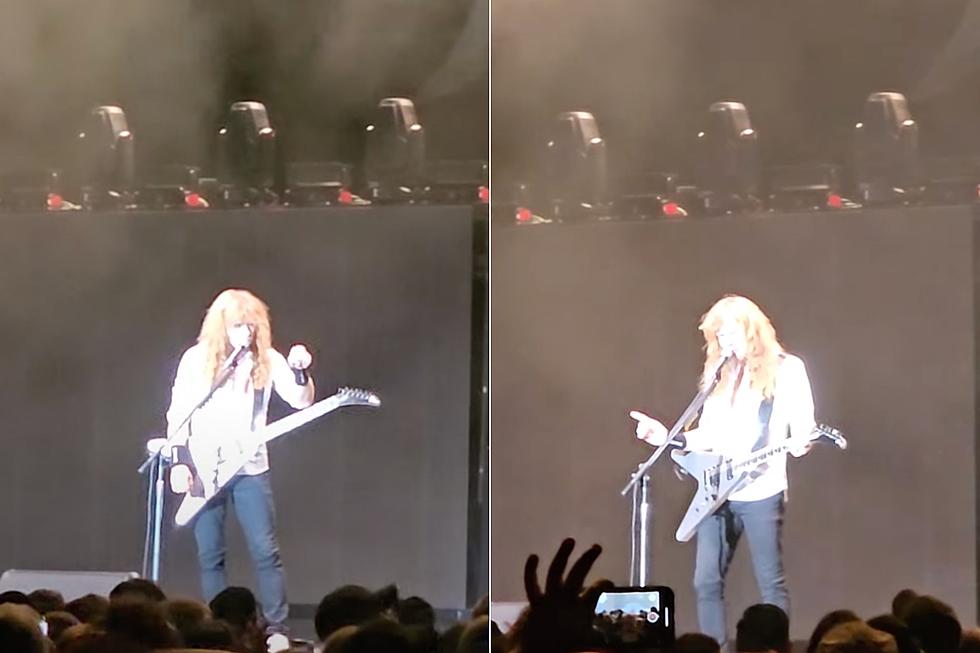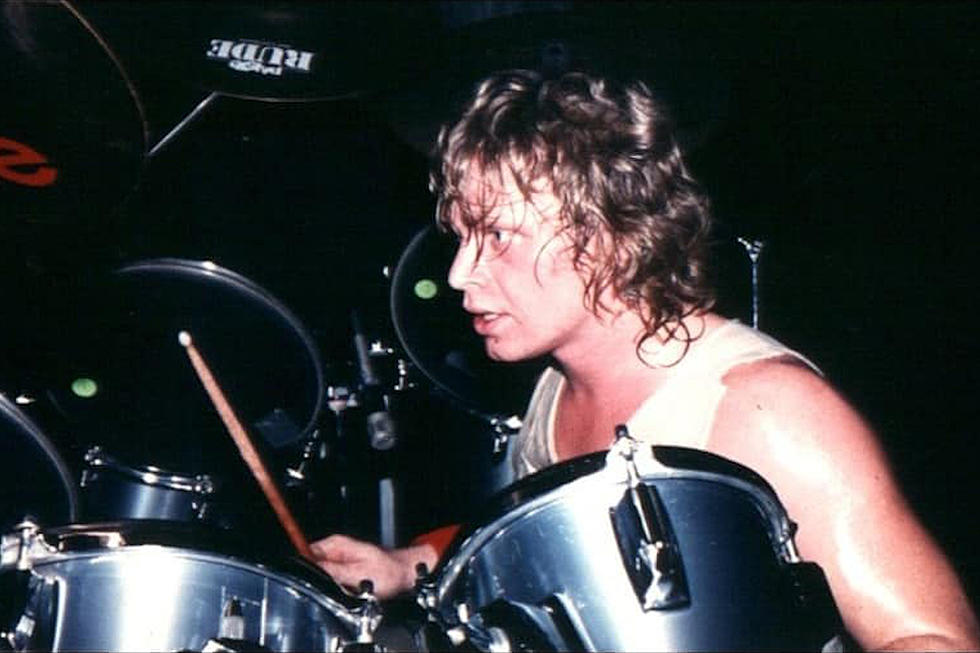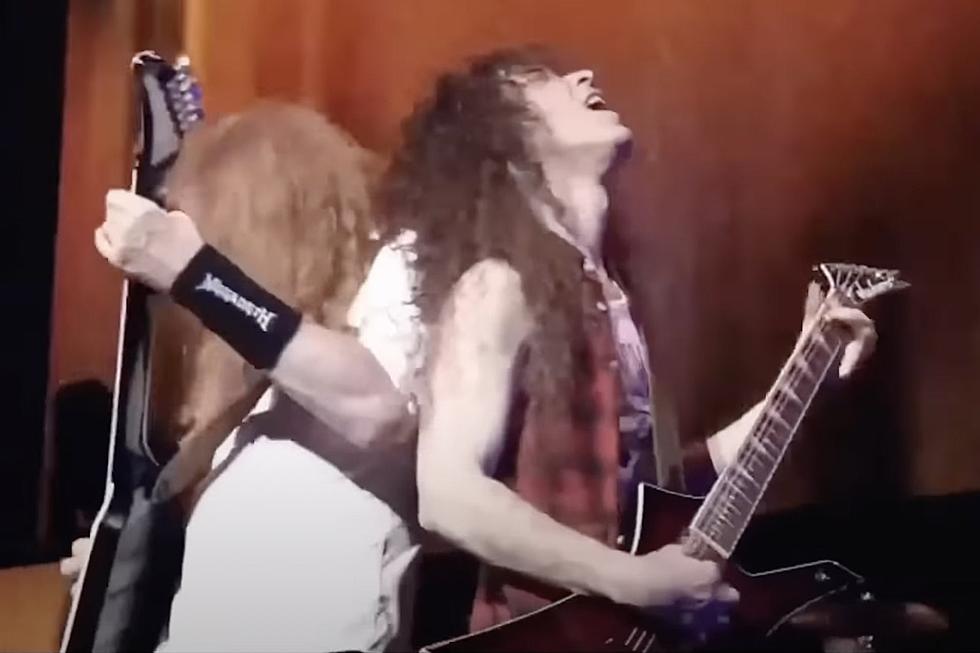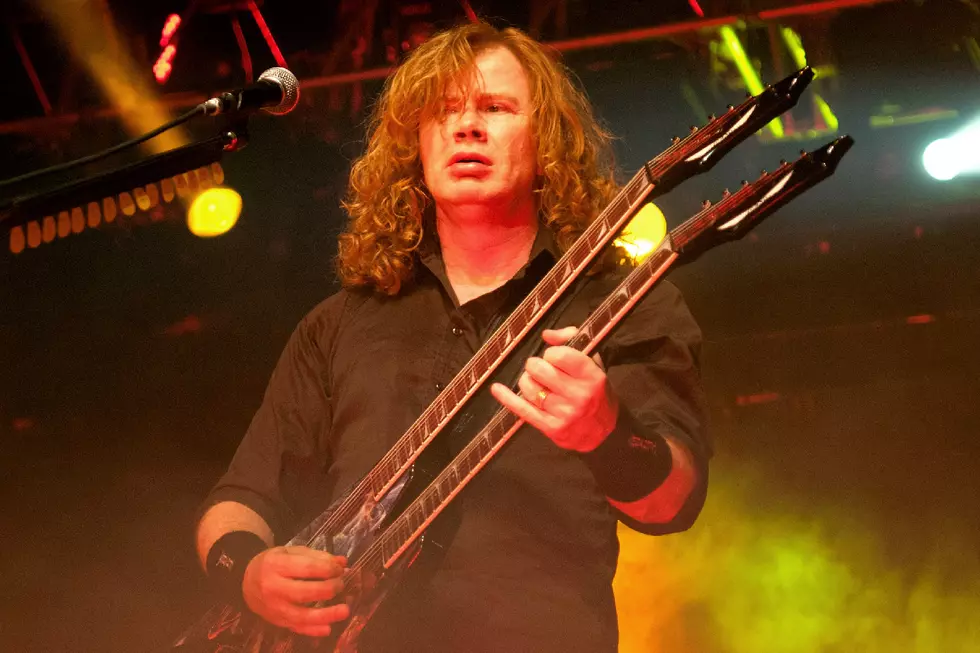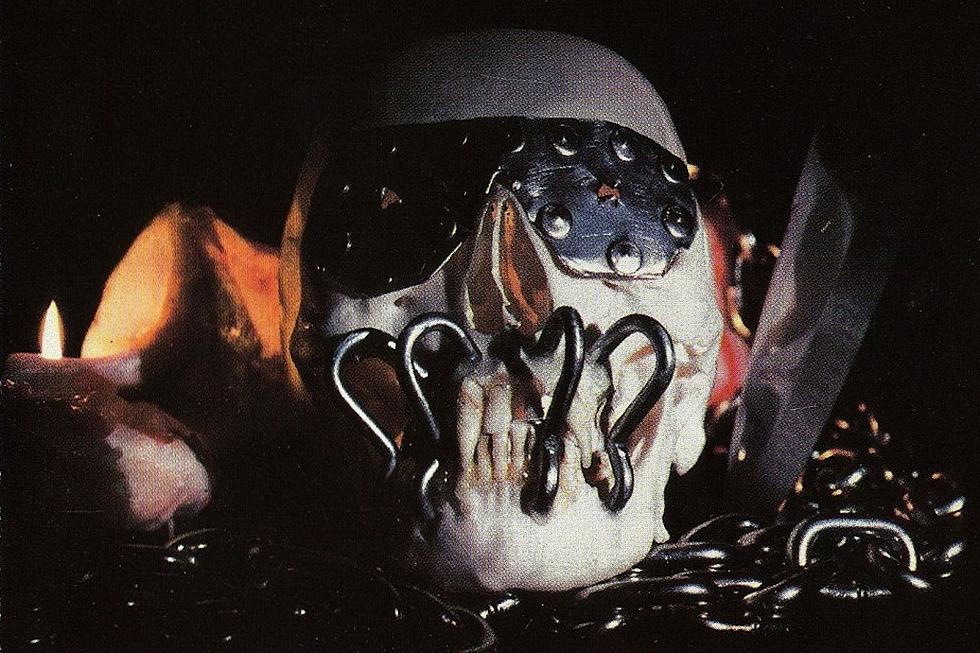
How Dave Mustaine Rebooted on Megadeth’s ‘Killing Is My Business’
The arrival of Megadeth's Killing Is My Business ... and Business Is Good! on June 12, 1985, marked a somewhat inauspicious beginning to what would become a multi-platinum heavy metal career for band leader Dave Mustaine.
But it was a start, and after nearly two years of watching from the sidelines as his former bandmates in Metallica become the leaders of the fast-growing (emphasis on "fast") thrash-metal movement, Mustaine was ready to make good on his own dreams, whatever the cost.
That meant taking on day jobs while actively seeking out like-minded musicians to pursue a personal metal vision, which was still no easy task in the early '80s. Nevertheless, within months, Mustaine had formed the first iteration of Megadeth – which briefly went by the name of Fallen Angel, reportedly in reference to how Metallica had cast him off. That initial lineup featured drummer Lee Rausch, bassist David Ellefson and the latter's roommate Greg Handevidt on guitar.
In a preview of Megadeth's rotating door policy for years to come, however, this arrangement wouldn't last. Rausch and Handevidt soon gave way to other short-term solutions like percussionist Dijon Carruthers (future Dark Angel) and Slayer's Kerry King (for all of five shows), before drummer Gar Samuelson and guitarist Chris Poland brought their jazz-tested talents to the fold. (At one point, Mustaine even extended an invitation to Diamond Head's Sean Harris, asking if he'd join the band as lead vocalist, but to no avail.)
By then, a three-song demo called Last Rites had hit the heavy metal tape-trading network. Megadeth's first shows also included a triumphant return to the same Bay Area proving grounds that had embraced him before the split with Metallica. Mustaine and company were soon signed to Combat, America's leading thrash label. Their songs would be released by Music for Nations overseas.
Still, they had a long way to go. When Megadeth gathered at Malibu's Indigo Ranch Studios to begin work on Killing Is My Business, they had a shoestring budget of $8,000. The end results were a study in contrasts, to put it mildly.
Listen to Megadeth Perform 'Last Rites/Loved to Death'
Killing Is My Business ... and Business Is Good! pitched the young ensemble's evident instrumental prowess and Mustaine's budding songwriting genius against a barely adequate "production," which had been compounded by the leader's rash decision to fire producer Karat Faye midway through the mixing process and oversee everything himself.
First-half songs like "Last Rites/Loved to Death" (with its classical piano intro), the title cut and "Skull Beneath the Skin" brutally manhandled listeners with blinding virtuosity at impossible speeds, before confounding them outright with a rabid cover of the Nancy Sinatra hit "These Boots (Are Made for Walking)." That is, before songwriter Lee Hazlewood requested that it be removed from later pressings.
Side Two is somewhat less ambitious but arguably better. Highlights included comparatively linear compositions like "Rattlehead," "Chosen Ones" and "Looking Down the Cross," which pointed the way forward. Killing Is My Business concludes with Mustaine's original arrangement for "The Mechanix," the precursor to Metallica's "Four Horsemen."
Killing Is My Business ... and Business Is Good! was completed with a surprisingly low-budget piece of cover art. According to Mustaine, he'd personally sketched out a rendering of Megadeth's deaf, dumb and blind mascot, Vic Rattlehead, for Combat Records to improve on by hiring a professional artist. But the label allegedly lost Dave's design, decided against stretching the project's already tight budget, and then quickly cobbled together the infamous image with the use of a cheap plastic skull and a splatter of ketchup.
No matter. The incomparably driven Dave Mustaine and his ever-changing cast of bandmates ultimately overcame every obstacle toward success. Megadeth's significantly more finessed 1986 major-label debut, Peace Sells ... But Who's Buying?, found Mustaine's envelope-pushing tendencies tempered with just a little commercial common sense. And a much better cover.
In 2018, a deluxe reissue of the LP, subtitled The Final Kill, was released and included live tracks and demos, as well as remastered sound on the original record.
Top 100 Rock Albums of the '90s
More From Ultimate Classic Rock
